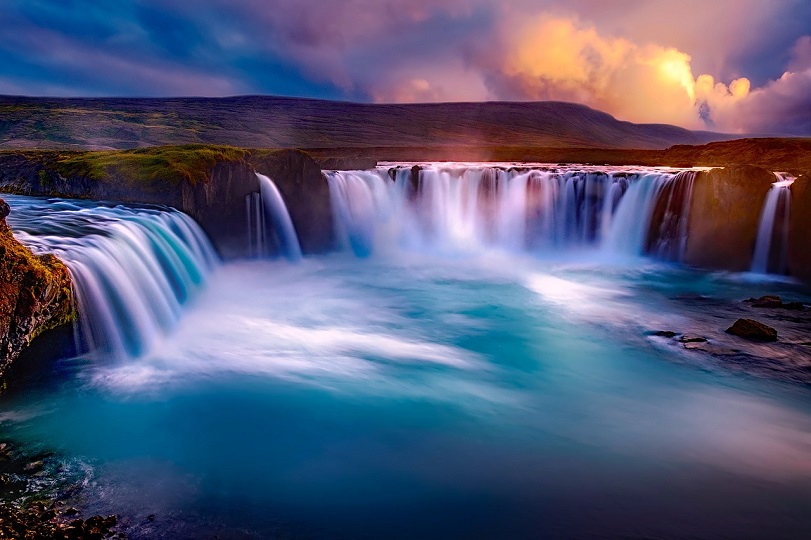Physical Address
304 North Cardinal St.
Dorchester Center, MA 02124
Physical Address
304 North Cardinal St.
Dorchester Center, MA 02124
Your guide to extraordinary adventures around the globe.
Your guide to extraordinary adventures around the globe.

With its massive glaciers, thundering waterfalls, geothermal hot springs, and rare natural wonders like the Northern Lights, Iceland has become a coveted bucket list destination. But with the right timing, you can avoid overwhelming crowds and make the most of your Icelandic escape. Here’s my in-depth guide on the best time to visit this incredible Nordic island.
Summer is considered high season for tourism in Iceland, and for good reason. During these months of midnight sun, the days are long, averaging up to 21 hours of sunlight in some regions! Temperatures typically range from 50-60°F – balmy by Icelandic standards. This is the most popular time to visit to take advantage of the endless daylight for exploring Iceland’s iconic Ring Road, hiking across magnificent landscapes, and joining guided glacier walks. That said, prepare for crowds at major attractions like the Blue Lagoon and Golden Circle. Book accommodations well in advance, as summer is the priciest time to visit. While beautiful, don’t expect warm Caribbean-like temperatures even in summer. The weather is mild and fickle, so come prepared with plenty of warm and waterproof layers.
To experience Iceland’s beauty with smaller crowds and lower prices, aim for shoulder season in the spring (April-May) or autumn (September-October). The temperatures average a brisk 40-50°F, so you’ll need to pack a warm jacket and rain gear. However, the weather is more stable than in winter, with a mix of rain showers, sun breaks, and occasional flurries if visiting in September or October. Nature shines with wildflower blooms in the spring and stunning fall foliage in autumn. This is a great time for hiking, ice caving adventures, and even catching the start of the Northern Lights season as the nights grow longer. Spring and fall shoulder season provide similar activities as summer, often at lower costs.
For travelers who don’t mind bundling up in freezing temperatures, Iceland’s low winter season has a lot going for it. Expect very short daylight hours, with Reykjavik seeing only about 4-5 hours of wintery sun per day in December and January. However, the extended darkness and chance to see the magical Northern Lights makes winter special. In Reykjavik, enjoy the local nightlife and cultural scene when skies are dark. Take a Super Jeep tour to glaciers and ice caves only accessible in winter. Whale watching, glacier hiking, and ice climbing tours operate year-round for the adventurous. Airfare to Iceland and hotel rates are at their lowest in the winter. Just come prepared with your warmest winter gear – thermal layers, thick jackets, snow boots, and more. Temperatures often dip well below freezing.
No matter when you visit, it’s worth timing your trip in coordination with one of Iceland’s many festivals and events. Summer Solstice in June brings 24 hours of sunlight, with music and arts celebrations across Reykjavík. In August, Reykjavík Culture Night offers a street celebration with art displays, bands, and food stalls. To welcome the New Year, Reykjavik hosts a massive fireworks show matched with wild celebrations. For these peak events, book accommodations months in advance.
Whether you dream of endless summer daylight, autumnal colors, or discounted winter adventures, Iceland offers year-round magic. For smaller crowds and lower prices, I recommend visiting in the shoulder seasons of spring and autumn or low season in early winter. Just be ready for rain, snow, and Iceland’s famously fickle weather no matter when you go. Dress warmly, budget wisely, and get ready for an unforgettable Nordic escape!